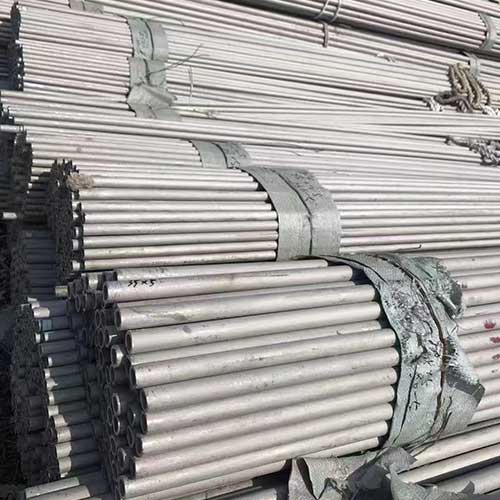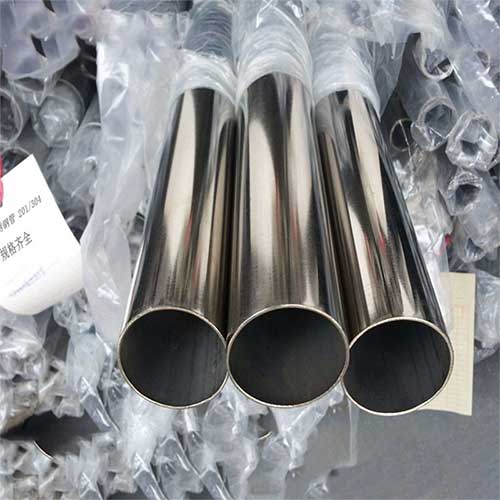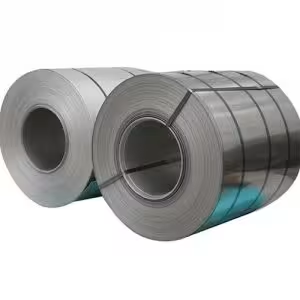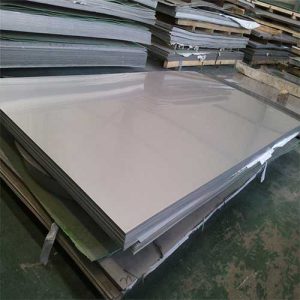Welcome to My Blog!
Before we dive into the content, I’d love for you to join me on my social media platforms where I share more insights, engage with the community, and post updates. Here’s how you can connect with me:
Facebook:https://www.facebook.com/profile.php?id=61565500692293
Now, let’s get started on our journey together. I hope you find the content here insightful, engaging, and valuable.
Table of Contents
Introduction

Stainless steel pipes are the silent sentinels of infrastructure, quietly providing reliability and durability across a spectrum of applications. From the gleaming facades of modern architecture to the inner workings of complex industrial machinery, these pipes are indispensable. This guide is your roadmap to navigating the world of stainless steel pipes, offering insights into their unique properties, the variety available, and the critical factors in selecting the optimal pipe for your specific project needs.
Understanding Stainless Steel Pipes
What is a Stainless Steel Pipe?
A stainless steel pipe is a tubular product crafted from stainless steel, an alloy known for its exceptional resistance to corrosion and staining. These pipes, with their circular cross-section, are used extensively in fluid transport, structural applications, and mechanical components due to their strength and longevity.
Key Properties of Stainless Steel Pipes
- Corrosion Resistance: The chromium content in stainless steel creates an invisible protective layer that prevents corrosion, even in harsh environments.
- Strength and Durability: Stainless steel offers high tensile strength, making it ideal for applications that demand resilience under pressure.
- Hygienic: The non-porous surface of stainless steel is easy to clean and maintain, a critical factor in industries like food processing and pharmaceuticals.
- Temperature Resistance: Stainless steel can handle a broad range of temperatures, from cryogenic to high heat, depending on the specific grade.
Types of Stainless Steel Pipes
Common Grades of Stainless Steel Pipes
- 304/304L: The most common grade, known for its excellent balance of corrosion resistance and formability, making it suitable for general use and food processing.
- 316/316L: Enhanced with molybdenum, this grade provides superior resistance to pitting and crevice corrosion, making it ideal for marine and chemical processing applications.
- 409: With good heat resistance, this grade is often used in automotive exhaust systems and other high-temperature applications.
- 2205: A duplex grade that combines high strength with excellent corrosion resistance, making it suitable for aggressive chemical environments and high-stress applications.
Choosing the Right Grade
The selection of the appropriate grade of stainless steel is pivotal, as it directly impacts the performance and longevity of the pipe in your project. Consider the environmental conditions, temperature fluctuations, and pressure requirements when making your choice.
Applications of Stainless Steel Pipes
Industrial Applications
In industrial settings, stainless steel pipes serve as vital conduits for transporting chemicals, gases, and fluids. They also provide structural support in construction and architectural applications, where their strength and resistance to environmental degradation are invaluable.
Plumbing and Construction
In the realm of plumbing and construction, stainless steel pipes are chosen for their ability to deliver potable water, manage heating and cooling systems, and transport gas lines safely and efficiently. Their durability and resistance to leaks make them a preferred choice in these critical applications.
Food and Beverage Industry
The food and beverage industry relies heavily on stainless steel pipes for their hygiene and corrosion resistance. These properties are essential for maintaining product quality, safety, and compliance with industry regulations.
Selecting the Right Stainless Steel Pipe
Material Selection
The decision on the material grade of your stainless steel pipe should be informed by the specific demands of your project. Each grade offers different levels of corrosion resistance, strength, and temperature tolerance, which can significantly affect the performance and lifespan of the pipe.
Size and Dimensions
The size and specification of stainless steel pipe, including its diameter and wall thickness, are critical factors in ensuring it can handle the volume and pressure of the fluid it is conveying. Incorrect sizing can lead to inefficiencies, safety hazards, and even pipe failure.
Surface Finish
The surface finish of the stainless steel pipe can influence not only its aesthetic appeal but also its performance. A mill finish may suffice for industrial applications, while a polished or passivated surface might be necessary for applications where cleanliness and resistance to contamination are paramount.
Compliance and Standards
Ensuring that the stainless steel pipes you select comply with industry standards such as ASME, ASTM, or DIN is crucial. These standards dictate material properties and dimensions, ensuring that the pipes meet the quality and safety requirements for their intended use.
Cost Considerations
While higher grades of stainless steel can offer superior performance, they also come with a higher price tag. It’s essential to strike a balance between cost and performance, selecting a pipe that offers the best value for your specific application without compromising on quality or safety.
Detailed Comparison of Stainless Steel Pipe Grades

| Grade | Tensile Strength | Corrosion Resistance | Temperature Range | Common Applications |
|---|---|---|---|---|
| 304/304L | 485-620 MPa | Good | -268°C to 800°C | General use, food processing |
| 316/316L | 480-620 MPa | Excellent | -268°C to 800°C | Marine, chemical processing |
| 409 | 379-620 MPa | Fair | -270°C to 1000°C | Automotive exhaust |
| 2205 | 620-830 MPa | Excellent | -270°C to 400°C | Aggressive chemical environments |
Conclusion
Choosing the right stainless steel pipe for your project is a critical decision that can impact the success and longevity of your application. By understanding the different grades, their properties, and how they align with your specific requirements, you can ensure that your project benefits from the durability, strength, and corrosion resistance that stainless steel pipes provide. As the demand for high-quality materials grows, the importance of making informed choices about stainless steel pipes becomes increasingly significant.
FAQ
What factors should I consider when choosing a stainless steel pipe?
When choosing a stainless steel pipe, consider the grade, size, surface finish, compliance with standards, and cost. Each factor plays a critical role in ensuring the pipe meets the specific requirements of your project and performs reliably over time.
How do I know if I need a 304 or 316 stainless steel pipe?
The choice between 304 and 316 stainless steel pipes depends on the environment in which the pipe will be used. If your project involves exposure to chlorides, such as in coastal areas or chemical processing, 316 may be necessary due to its superior corrosion resistance. For general use, 304 is often sufficient.
What is the difference between seamless and welded stainless steel pipes?
Seamless stainless steel pipes are formed from a solid billet, offering a uniform cross-section and better pressure resistance, making them suitable for high-pressure applications. Welded pipes, formed from a strip of steel that is rolled and welded, are more cost-effective and can be produced in larger diameters, but they may have a weaker seam area.
Are stainless steel pipes recyclable?
Yes, stainless steel pipes are 100% recyclable, which makes them an environmentally friendly choice. At the end of their service life, they can be melted down and reused, reducing waste and conserving resources.
How should I store stainless steel pipes to maintain their quality?
To maintain the quality of stainless steel pipes, store them in a dry, clean area, away from corrosive substances. Protect them from physical damage, and ensure they are not exposed to extreme temperatures or humidity, which can affect their material properties.




